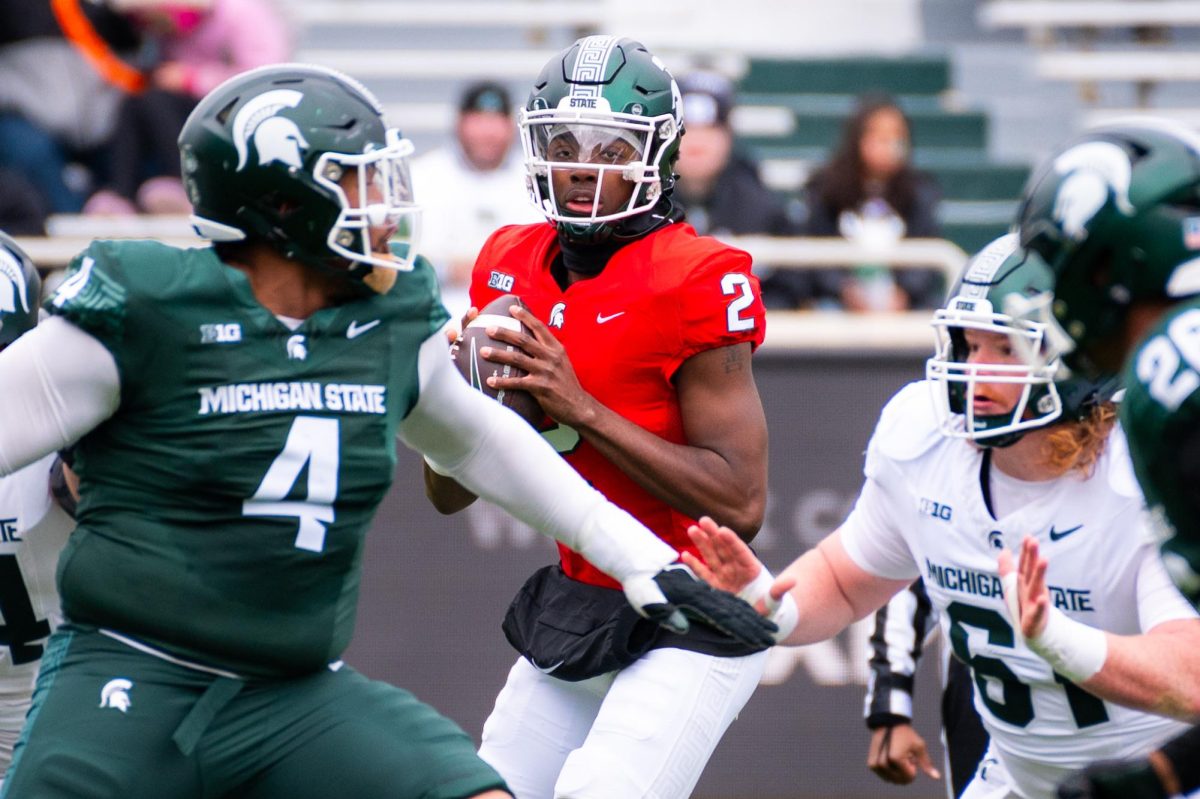First Class of College Sports: Big 5 Conferences Could Be Granted Autonomy in Thursday Vote
August 6, 2014
It is no secret that the Big 5 or the Power 5, whatever you prefer, are getting bigger and bigger in every aspect. This Thursday, the biggest athletic conferences in the N.C.A.A. could get one step closer to governing themselves.
In a vote by the Division I’s board of directors at the N.C.A.A. headquarters in Indianapolis, the Big 5 conferences could be granted autonomy from some of the N.C.A.A. rules, giving them a first class status.
The rule changes that would happen if the measure is passed have to do mainly with benefits given to student-athletes. The schools would be able to give student-athletes a stipend of a couple thousand dollars. They want to make sure that their growing revenues cover scholarships that include the full cost of attending a university beyond tuition, room and board and that students retain their four-year scholarship. They also want to implement long-term health care.
Here is a segment from the New York Times on the changes:
“The N.C.A.A. currently restricts scholarships to the cost of ‘tuition and fees, room, board and required course-related books.’ The new measure would allow athletes to receive the ‘full cost of attendance,’ a sum that is generally a few thousand dollars higher. The Big 5 officials have also suggested they would use autonomy to uniformly give athletes better medical coverage and greater leeway to borrow against future earnings to purchase disability insurance.
“Under the new model, the rule-making body would include a representative from each institution plus three athletes from each conference. The number of scholarships awarded per sport would remain the same for all Division I universities, and all Division I institutions could continue to participate in championships and revenue-sharing. Any other Division I conference or university (pending its conference’s approval) could opt into the Big 5’s rules. Notre Dame, which is independent in football but is in the A.C.C. and Hockey East in other sports, would be treated as a Big 5 institution.”
Comprised of the Southeastern Conference, the Atlantic Coast Conference, the Pac-12, the Big Ten and the Big 12, the Big 5 know they are the wealthiest conferences in the association. They have made it clear that they do not want the N.C.A.A. to hold them back from making decisions that they all want passed, and can afford. In 2011, a proposal to provide student-athletes with $2,000 stipend was overridden by half of the 355 Division I schools.
Earning money from billion of dollars in TV deals divide the N.C.A.A. into the haves and have-nots and the Big 5 have no interest in slowing down. These changes, without a doubt, emphasize the competitive advantage money has in the world of college sports. Now the question is how long the schools not in the Big 5 will be able to compete against their powerhouse counterparts. More money, means better recruiting, better competition and no room for the little guys.
Alexa McCarthy is a multimedia reporter for Impact Sports.
Photo: NCAA
































